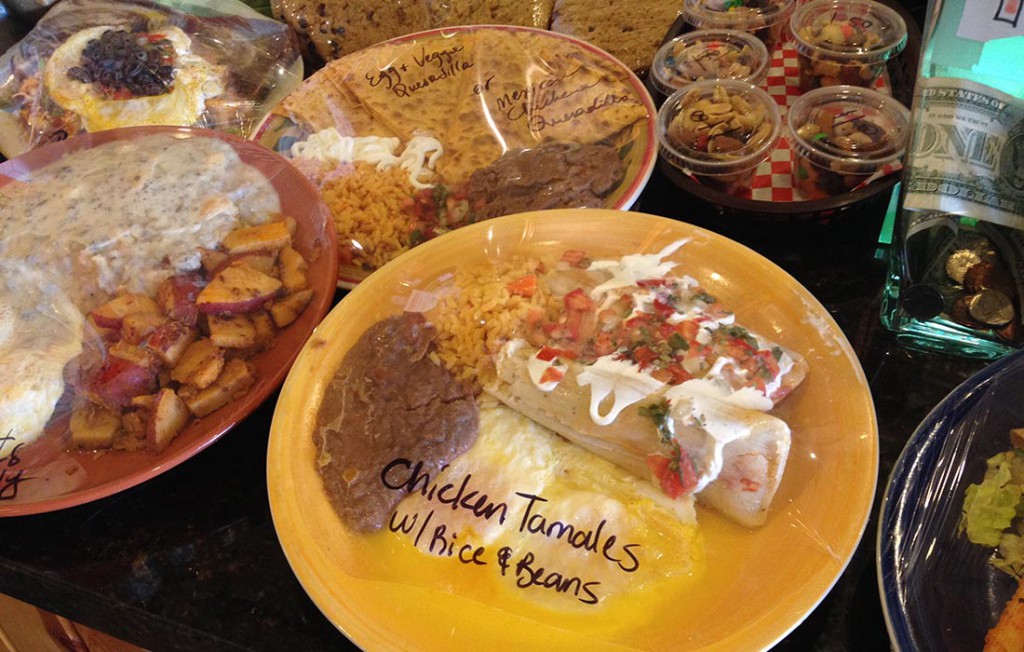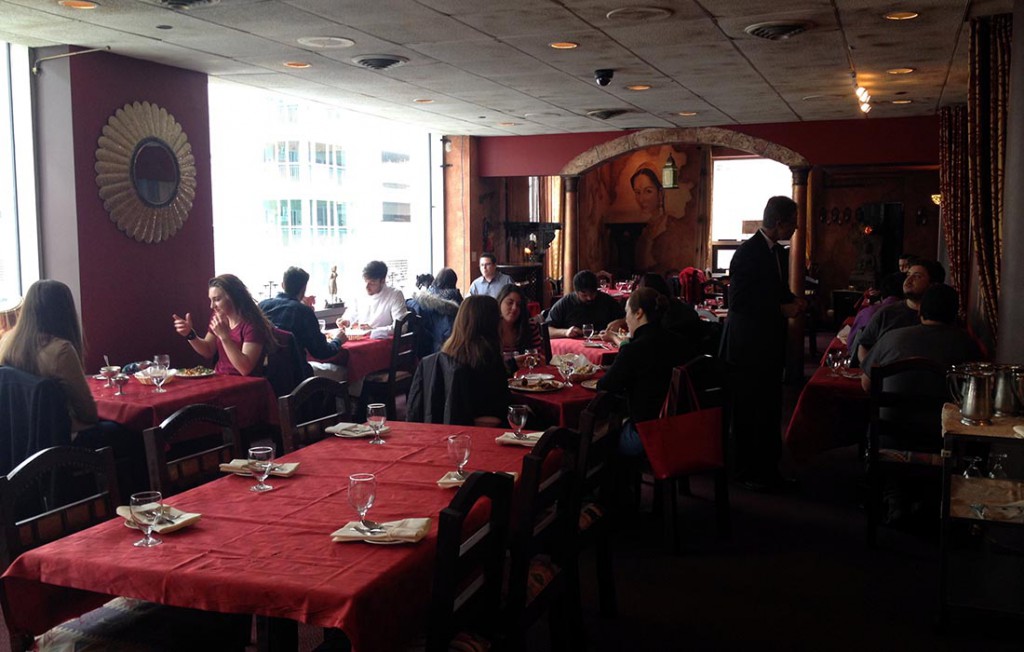By Alysha Khan
Restaurant Week can be a boon for some establishments trudging through the slow winter months but for others, it can be a costly burden.
This annual winter culinary event, now in its eighth year, allows Chicagoans to dine for cheap at more than 300 restaurants, including some of the city’s best spots. Diners can order from prix fixe three-course menus starting at $22 for lunch and $33 or $44 for dinner, not including beverages, tax and gratuity. The event runs January 30 through February 12.
In 2014, Restaurant Week generated $20.8 million in direct dining spending by serving more than 435,000 diners over the two weeks, according to Choose Chicago, the city’s tourism organization.
But for restaurants owners, participating in this event means making a series of calculated decisions to figure out how to best capitalize on the massive marketing machine Choose Chicago launches for Restaurant Week.
“We do really well. It’s one of our busiest weeks of the year”
– Troy Graves, chef and owner at Red Door
Upfront, restaurants must pay between $600 and $1,050 to join Restaurant Week. They must first register as partners of Choose Chicago, which includes an annual fee between $99 and $699, depending on the level of membership. Then, restaurants must pay an additional fee between $500 and $350 to participate in the event itself.
After that, it’s up to the restaurants themselves to build menus and serve dishes that will entice diners and keep them coming back.
Here’s a look at three different kinds of participating restaurants with three different strategies.
The Mom and Pop Café

Wayne and Felippa Janik opened Janik’s Café at 2011 W. Division St. in 2003 but this is their first year participating in Restaurant Week. They serve American and Latin style breakfast and lunch.
Their Restaurant Week menu offers a $22 three-course brunch and lunch that highlights the most popular dishes at Janik’s. The $22 brunch normally costs between $23.50 and $16, and the $22 lunch between $24.50 and $17.75.
“I thought that whoever gets to know those specials, they are going to stick with the restaurant,” Felippa Janik said.
Irene Pasquesi, a regular diner who swings by every week after her metalsmith class, said she didn’t even know Janik’s Café was participating in Restaurant Week. While Pasquesi enjoys the café’s food, she said she was unsure if she would ever eat a three-course meal there.
“It seems like a lot of food, but maybe if I was really hungry,” she said.
“I haven’t made the money back yet to cover that cost.”
– Felippa Janik, co-owner of Janik’s Cafe
Halfway through Restaurant Week, Janik said the results have been mixed. She has noticed about a 20 percent uptick in traffic during the weekends but only about 10 percent during the weekdays. Very few customers are ordering from the Restaurant Week menu but Janik said she has seen more new faces at the café.
“From the marketing point of view, I’m glad that I participated because a lot of people are coming who would have never known about us,” she said.
But the initial participating costs are just too high for a small operation like hers, said Janik.
“I haven’t made the money back yet to cover that cost,” she said.
And unless more Restaurant Week customers come in over the next week, Janik said this will most likely be her last year participating.
The Bar Owner
Chef Troy Graves has participated in Restaurant Week at various restaurants since its inception.
He currently operates Red Door, a bar and eatery at 2118 North Damen Ave. that’s offering a $33 dinner menu this year. The regular menu ranges in price from $4 snacks to a $25 steak.
Graves said January is typically the slowest time of the year for restaurants and participating in Restaurant Week helps bring in more customers than usual.
For the event, Graves said he creates a menu that has a more fine-dining flavor than his usual bar menu. For example the Restaurant Week menu offers ricotta gnocchi topped lobster instead of with asparagus like on the bar menu.
Diners are allowed to order only off the Restaurant Week menu, though Graves said he does make the rare exception.
The result – about $10 more per check per customer and 50 percent more traffic during the weekdays.
“We do really well,” Graves said. “It’s one of our busiest weeks of the year.”
The Fine Dining Establishment

The Indian Garden, located at 247 E. Ontario Street, is the type of fine dining venue that Restaurant Week was created to target. This is its sixth year participating.
The Restaurant Week menu, which includes a mix of popular dishes and new items, offers a $22 four-course lunch and a $33 or $44 four-course dinner.
“This is a good opportunity to show our food and culture to the new diners.”
-Joseph Kolencherry, manager at The Indian Garden
The $22 lunch normally costs between $39 and $31 and the $33 dinner between $53 and $35. The $44 dinner includes an alcoholic beverage or cocktail.
Kolencherry said profits from Restaurant Week are “nominal” but the real value of the event is that it brings in new diners who then become repeat customers paying full price. They plan to continue to participate in the event.
“This is a good opportunity to show our food and culture to the new diners,” he said.


